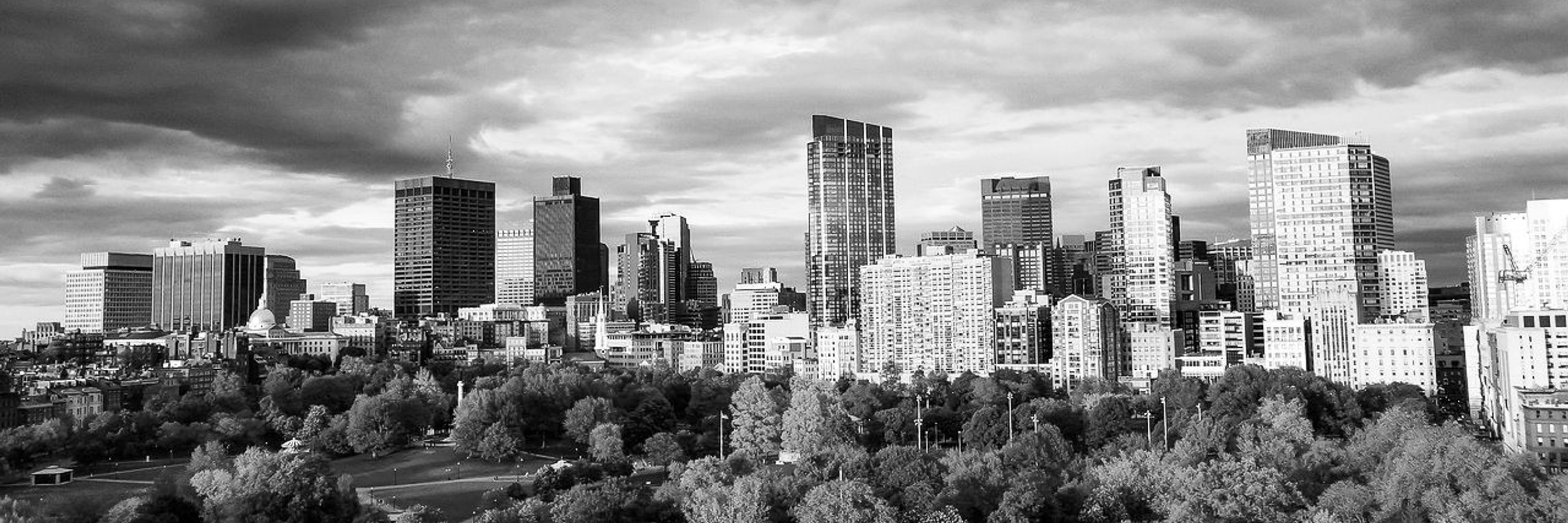Boston Indicators
@bosindicators.bsky.social
53 followers
21 following
370 posts
The Boston Foundation’s research center, focusing on ideas to make our city more prosperous, equitable and just.
Posts
Media
Videos
Starter Packs





